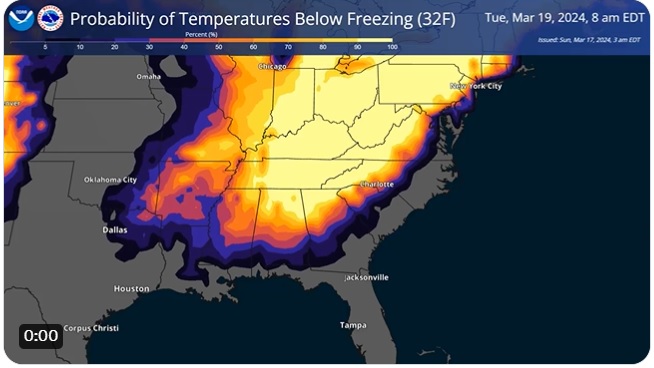Sources of weather and climate data
-

I am really excited to see that the University of South Alabama weather network has received a major grant to expand their network. They will be able to add some new personnel including a network manager, IT specialist, and technician. This is a fantastic addition to the network of networks we have across the Southeast…
-

Sea levels across the United States are increasing, especially in the Southeast. In fact, they are rising at an accelerating rate, which is leading to concerns about how coastal communities will deal with the higher water levels in the future. The rise is due to a number of causes, including groundwater withdrawals, changes in the…
-

As hurricane season approaches, many of you may be wondering how tropical storms and hurricanes form and what factors are important in determining when and where they develop as well as how they move. Here are a couple of articles that give good descriptions of how hurricanes form listed below. I have also included a…
-

The National Weather Service has recently updated their website for the national precipitation maps, which is based on radar-estimated rainfall. You can find it at https://water.noaa.gov/. It allows the display of stream gauge observations as well as forecasts and also allows you to display daily, monthly, and yearly precipitation amounts. You can turn on county…
-

We’ve been watching the long-range forecasts for colder weather for a while now, and it looks like there is a good chance of frost and freezing weather for the next three days, with the coldest weather occurring on the morning of Tuesday, March 19. Freezing weather occurs when the temperature drops below 32 F and…
-

Every March, the Community Collaborative Rain, Hail, and Snow Network (known as CoCoRaHS for short) hosts a competition between states to see which state can recruit the most new observers. In the past, they have called this March Madness, but after concerns about the college basketball tournament not looking kindly on that name, they have…
-

If you are a fruit farmer or someone else who needs to access chill (or chilling) hours for your crops, here is a new resource that may be of use to you. The Midwestern Regional Climate Center has produced some national maps that allow you to get calculated chilling hours for airport stations across the…